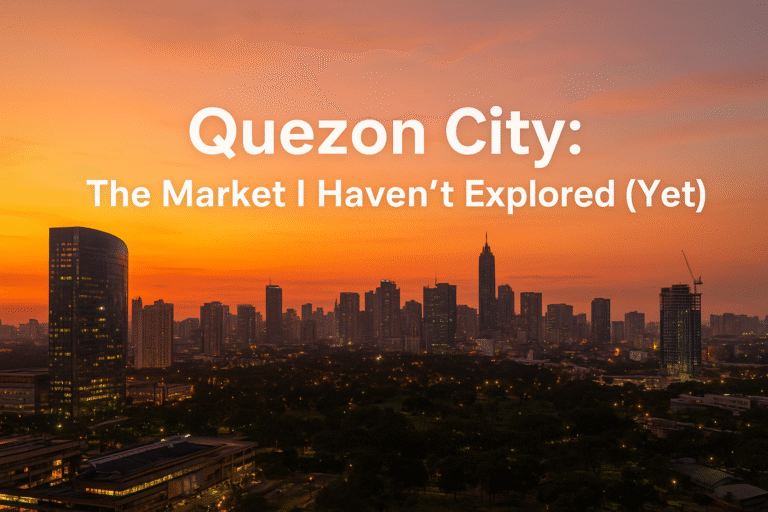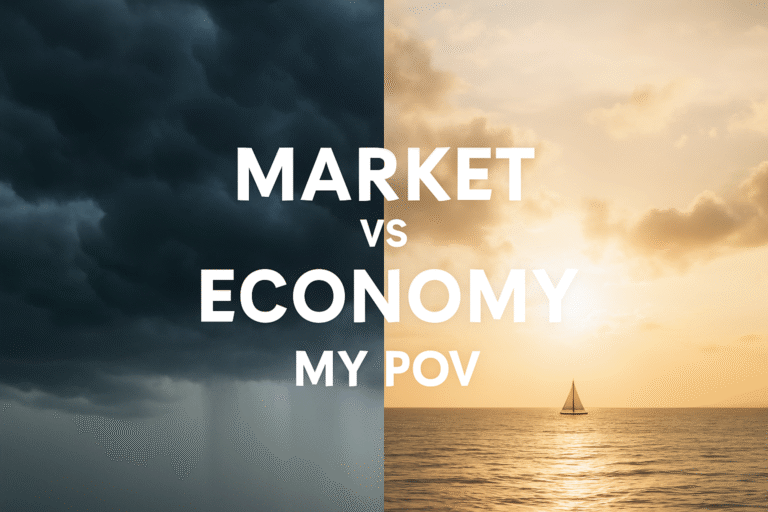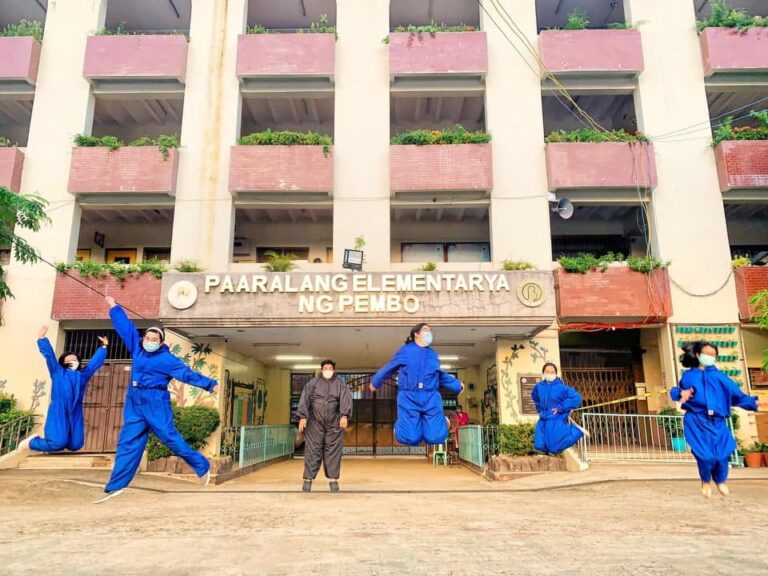Lesson 1: Every Property Tells a Story
When people ask how long I’ve been in real estate, I usually just say, “Matagal na.” Truth is, I’ve been doing this since my early 20s. Some are surprised—maybe because I’ve made it look easy over time, hehehe.
I’ve met so many clients and seen countless properties… but what truly stays with me are the stories.
Each client is different.
May OFW. May bagong kasal. May nag-iinvest. May nagbebenta dahil magre-relocate.
Sometimes, I don’t even talk about numbers or locations at first—I just sit, listen and makipagkwentuhan.
One time, 2 clients in their 20s each bought a residential lot from me (one is 21 years old wow). A few years later, I visited the homes they each built with their wives —and I got goosebumps and almost cried. It hit me: I was there when the dream started.
That’s why I’ve stayed in this industry for so long.
Yes, I know floor plans. I know market trends.
But more than that, I am happier because I know I help people move from one chapter of their lives to the next.
Each story is unique. Minsan exciting, madalas meaningful.
And the longer I do this work, the more I believe:
Beyond the profit, it’s the journey that matters most—the milestones, transitions, dreams.
And sometimes, I still can’t believe I get to be a part of them.
Lesson 2: Location Is More Than Geography
We always hear: “Location, location, location.”
But in the Philippines, it’s not just about the map.
Two cities might look close on Waze—but in reality?
ANG TRAFFIC to go from one city to the next in Metro Manila 😅Happened twice, it took me 3 hours to go to Quezon City from Taguig! Parang nag Singapore, hello haha
So when I talk to clients, I don’t just ask where they want to live.
I ask: How do you want your daily life to feel?
- Walkable?
- Close to work or close to nature?
- Quiet ba, or active?
Every area has a different feel.
Take BGC, for example—once a military base, now one of the most walkable and livable districts in Metro Manila. Ayala Land built it with intention: open spaces, greenery, wide sidewalks, essentials nearby. You feel the difference.
Or MOA Complex—reclaimed land turned into a thriving community. Offices, malls, condos, even schools. During the POGO boom, studio rents even reached ₱50,000/month. Wild!
And then there’s NUVALI in Laguna—what used to be a sugarcane plantation is now a green, modern estate with parks, lakes, bike trails, and business hubs.
You can choose and decide because location is more than a pin on the map.
It’s about the life you’re building around it.
Lesson 3: Real Estate Is a Long-Term Commitment
Why foresight and patience—not flipping—are key for Philippine real estate.
People often ask:
“Pwede ba akong kumita agad in 1–2 years if I invest now?”
I get it. But real talk:
Real estate is not a get-rich-quick scheme.
It’s not crypto. It’s not stocks.
Properties take time to grow—just like people, just like dreams.
Flipping is tempting, but risky.
Delays happen. Markets shift. Oversupply can hit.
And suddenly, you’re stuck with a unit or a loan you didn’t plan to keep.
Imagine being the buyer. You know the seller is pressured.
You negotiate hard, get a pasalo deal… but it leaves the seller stressed and drained.
It’s not always worth it.
If you really want to flip, go in with full knowledge, backup plans, and solid cash flow.
But personally? I always say—play the long game.
The ones who bought 10, 15, 20 years ago?
They’re reaping the rewards now.
📌 Real estate in the Philippines matures slowly, but meaningfully.
The longer you hold, the more it grows—if done right.




